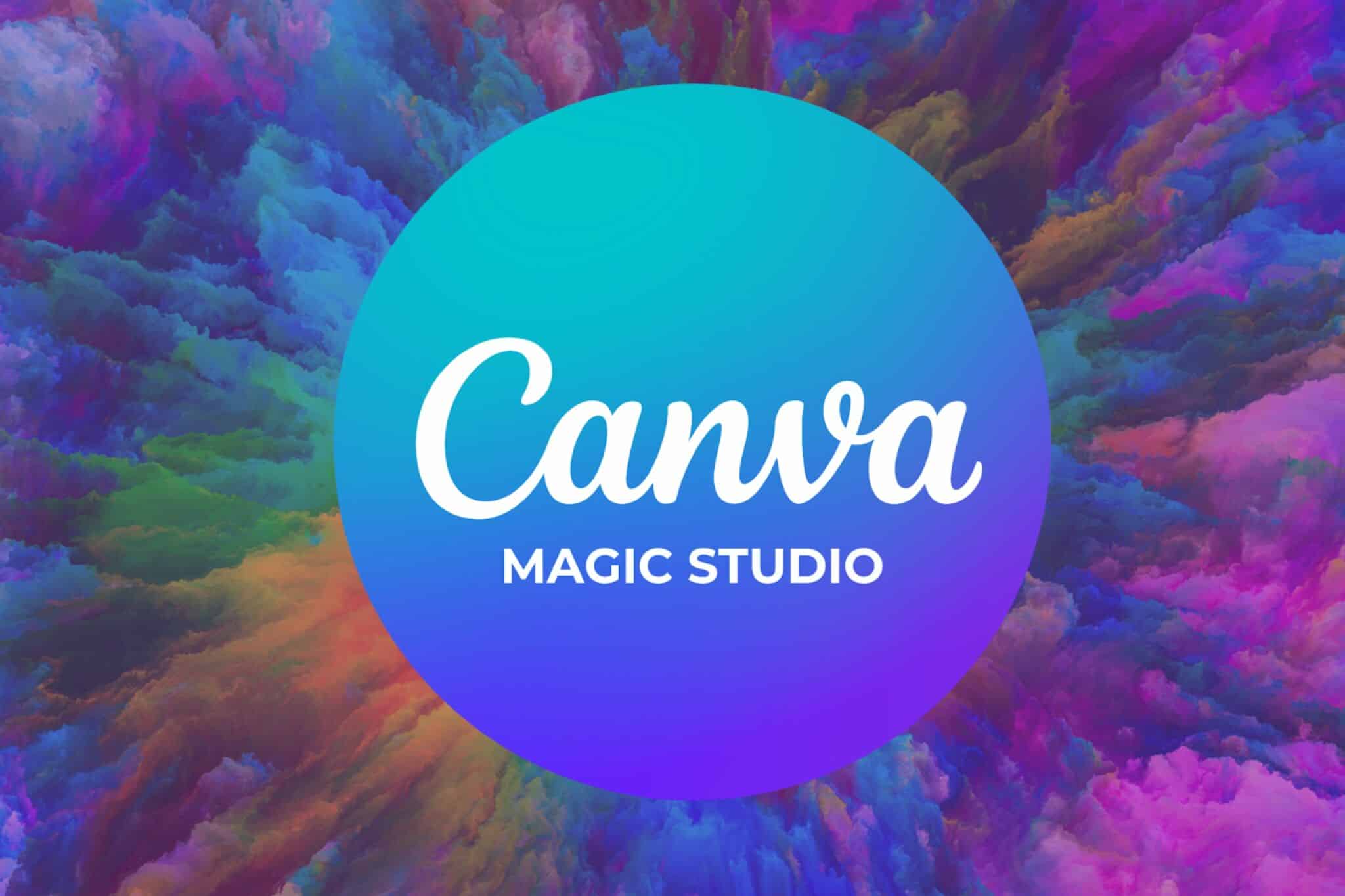Crowdfunding can be a great low-risk way for startups to get financial support for their business ideas. As I recently ran my own crowdfunding campaign, I learned a few things along the way that might assist other entrepreneurs. Here are a few tips that can help make your crowdfunding campaign a success!
Building Your Crowdfunding Plan
It is important to have a plan for your crowdfunding campaign before you jump in. Having a plan will give you a clear idea of your desired outcomes and will allow you to run a cohesive and well-organized campaign. Here are some important steps to consider when building your plan:
- Find a hook: Think about what makes your business story unique. What creative spin can you put on the idea to make it stand out from the crowd?
- Choose a platform: There are a variety of platforms that you can choose from, each with their own pros & cons (e.g. Kickstarter, Indiegogo, ATB BoostR, etc.). Do your research before deciding on one; the National Crowdfunding Association of Canada (NCFA) has a directory that can help!
- Theme your campaign: Figure out the overall tone, feel, and brand you are going for. Everything you do should relate back to and connect to this underlying theme.
- Determine your goal: Clearly outline what you are raising money for and decide on a dollar amount. Be realistic with how much money you think you can raise.
- Decide on your rewards: Have a variety of options on how backers can contribute towards your campaign. These are your perks, incentives, or whatever it is that you are pre-selling. Most people want something in return, but others are content with simply donating money for your idea.
- Select your dates: Be thoughtful when choosing the start and end dates for your campaign. Most campaigns run between 30-45 days in duration.
- Read the fine print: Make sure that you understand the rules and guidelines on whichever platform you choose.
Finding and Engaging Your Audience
Not everyone is going to be interested in your idea, and that’s okay. Do some work to find your target audience and put your efforts into engaging them to get the biggest return for the time you’ve invested. Use the following tips as a guideline for building your audience:
- Identify key connections: Find key partners who might have a vested interest in your business or campaign and would be able to help you. Reach out and see if they would be interested in getting involved with promoting your campaign.
- Social media presence: Before your campaign even starts, find and follow key influencers and channels related to your business. During your campaign, keep them engaged and up-to-date with what is happening.
- Build trust: Figure out how you can quickly establish your credibility so that people are willing to support you. Potential backers who don’t know you will need a reason to believe in you and your product or service.
- Write engaging content: You don’t have to be a professional writer, but all of your content should be clear, concise, error-free, authentic, personable, and really speak to your target audience. Specify a call to action.
- Design appealing graphics: The images, photos, and graphics you use should really capture and reflect the underlying message you are looking to communicate.
- Create a cool video: Having a video increases the chances of reaching your crowdfunding goal. Your focus should be on creating a very compelling story. Use a storyboard to layout all of your ideas. You might be able to film and edit a video yourself, but you can also hire a professional videographer.
Launching Your Campaign
When you have finished setting up your campaign and are officially ready, it only takes a few clicks to make your campaign go live. That doesn’t mean your work is over; this is where the challenge really begins! It will be exciting to see supporters contribute to your idea, but make sure you stay focused with these tips:
- Generate buzz: Garner the support of family, friends, and co-workers to help get the word out early about your campaign. Don’t be afraid to ask for contributions; personal messages often work best. The true measure of success is when people whom you don’t even know are willing to back you.
- Spread the word: Draft a media release and send it directly to news outlets. You may also want to consider reaching out to individual journalists on social media. Another option is connecting with popular bloggers.
- Work on the campaign: Crowdfunding isn’t “free money.” You will have work very hard to promote and market your campaign. Be sure to regularly make posts on social media and provide updates on your progress. Most support comes at the beginning and end of your campaign.
- Get help if you need it: If you aren’t comfortable doing a campaign yourself, you can always look at hiring professionals to help start, run, manage, or market your campaign.
- Wrap things up: Once your campaign ends, be sure to thank all of your contributors. Depending on if you reach your goal or not, you will need to fulfill all obligations to your supporters. Consider things like manufacturing, shipping, tax considerations, etc.
- Receive your funds: If your campaign goes well, make sure the funds have deposited into your bank account.
If you manage to reach your crowdfunding goal, then congratulations! But if not, then you can always use this as a learning experience for next time. Never give up!






